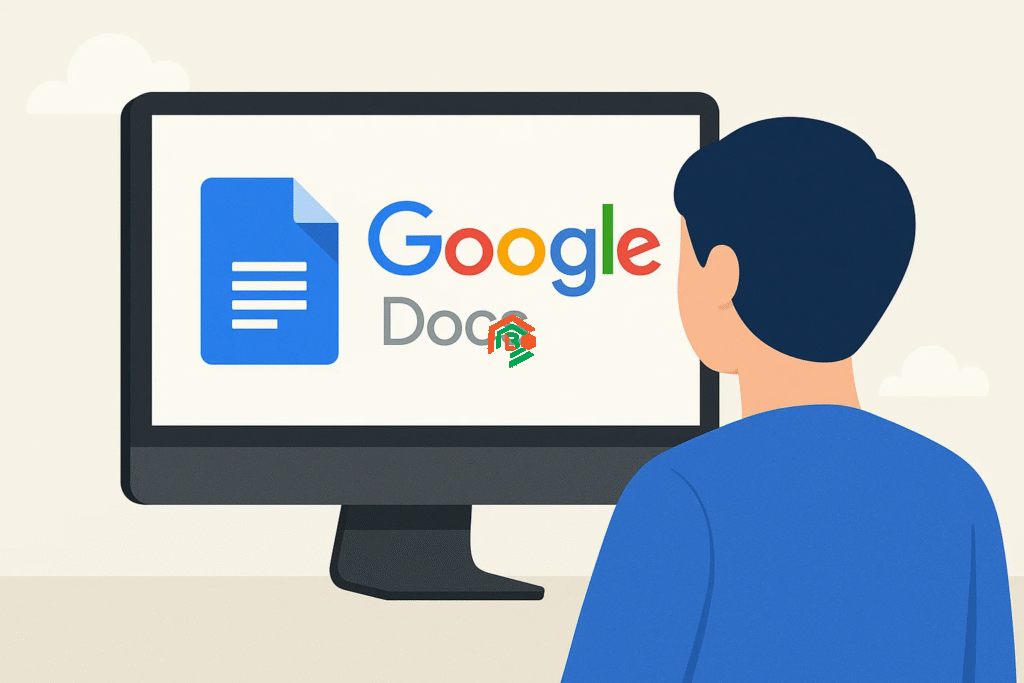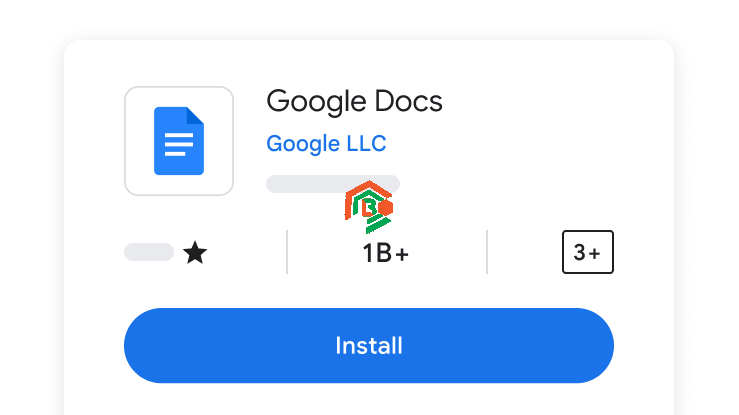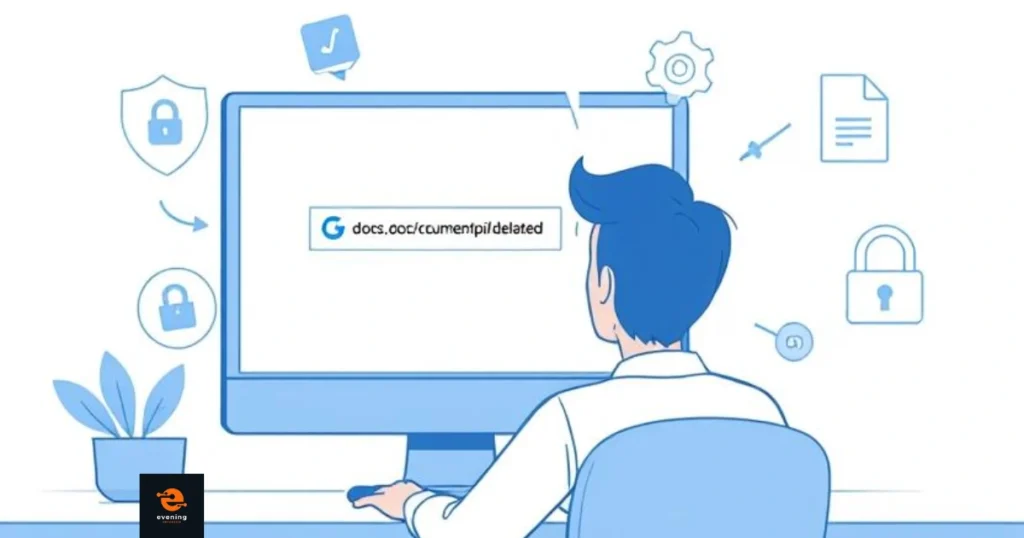\Have you ever clicked a Google Docs link and ended up staring at a weird error message like “docs.google.com/document/pii_deleted”? It can be confusing and frustrating, especially when you need to open a document urgently. This guide explains what that strange message means, why it happens, and how to fix it step-by-step. If you’ve been trying to open a Google Doc and hit this wall, don’t worry. You’re not alone—and yes, there are simple ways to deal with this problem.
What Does docs.google.com/document/pii_deleted Mean?
When you see the term docs.google.com/document/pii_deleted, it usually means that part of a Google Document has been hidden or removed. The “pii_deleted” part stands for “Personally Identifiable Information deleted.” Google uses this term when certain data in a document is flagged as sensitive. It could be someone’s name, phone number, address, or anything that can identify a specific person.
This happens more often in shared or public Google Docs, especially if the document is being indexed or accessed by users from different devices or locations. Google’s automated systems are designed to protect private information, so if something in the document looks like private data, Google might blur it out or hide it by replacing it with this “pii_deleted” tag.
Why Does This Error Happen?
There are a few common reasons why you might see this error when trying to access or share a Google Document. Google Docs is a part of Google Workspace and is used globally by schools, businesses, and everyday users. So to protect user privacy and comply with regulations like GDPR or CCPA, Google might automatically remove or restrict access to content that includes personal data.
Another reason could be because of Google’s security protocols. If the system detects strange activity like unauthorized logins or if a document is widely shared without proper permissions, it might trigger a privacy filter. When that happens, instead of letting you see sensitive data, it replaces it with “pii_deleted.” This way, Google ensures that your personal or business information doesn’t accidentally end up in the wrong hands.
Can I Still Open the Document?
In some cases, yes. Just because you see “pii_deleted” doesn’t mean the whole document is gone or permanently blocked. However, your ability to access the document depends on a few things like whether you have permission, whether the document still exists, and whether the original content has actually been deleted or just hidden.

Shared Link Is Broken
Sometimes the link you received might be corrupted or broken. If someone copied and pasted the link incorrectly or shortened it with a third-party tool that no longer works, clicking the link might take you to a blank screen or display the pii_deleted error. Try asking the person who sent you the link to resend it or make sure it’s the full version of the link. Also, verify if the document is set to “Anyone with the link can view”—if not, that could be the issue too.
Google Removed Something
If Google thinks the document contains violations of its policy, it might automatically hide or delete sections. For example, if someone included a social security number, email address, or even a private photo, Google might flag it as sensitive. You’ll then see “pii_deleted” where that information used to be. Unfortunately, you can’t see what was removed unless you are the owner or someone with editing access.
Access Not Given
You could also be seeing the error because you simply don’t have access. If the document isn’t shared with your Google account, or if you’re trying to view it from a different account than the one invited, you may get this error. In this case, the easiest solution is to request access by clicking the “Request access” button on the page or contacting the owner directly.
How to Fix the pii_deleted Error
Fixing the pii_deleted error can be easy, depending on the cause. If you’re the document owner or have editing rights, check the document’s sharing settings first. Make sure it’s not restricted to certain people or domains only. Go to the “Share” button in the top right corner of Google Docs and ensure it’s set to “Anyone with the link” if you want everyone to access it without logging in.
If specific information has been removed, try checking the version history. Go to “File” > “Version history” > “See version history.” If Google auto-deleted something due to privacy, it may not show up, but if you or someone else removed the content manually, you might be able to recover it from a previous version.
Also, try using a different browser or device. Sometimes, browser extensions or VPNs can interfere with how content is loaded in Google Docs. Disabling such tools or clearing your cache might make the issue go away.
Can I Recover My Document?
If the entire document is inaccessible and you’re the owner, there are a few options. First, go to Google Drive trash and check if it’s accidentally been deleted. If you see it there, just right-click and choose “Restore.” If not, and you suspect it was removed by Google, try checking your email. Sometimes Google sends notifications when a document is flagged for violating policies.
Another option is to use Google’s support or help forums. They can sometimes assist with data recovery, especially if you’re using a Google Workspace account (like in school or work). For personal accounts, the recovery rate is lower, but it’s worth trying.
Is This Error Dangerous?
No, the pii_deleted message itself isn’t dangerous. It’s not a virus or malware. In fact, it’s a protective feature used by Google to ensure no one’s personal data gets leaked unintentionally. However, it can be annoying if you’re trying to read or edit a document and keep running into this message.

Why Google Hides Info
Google hides sensitive data to prevent identity theft, spam, phishing, and data leaks. It’s especially important in documents shared publicly or indexed by search engines. Even seemingly harmless data like a name and phone number together can be a risk if made public. So Google removes such content to keep you and others safe.
What Kind of Info Gets Deleted
Common types of information that get replaced with pii_deleted include:
- Names and phone numbers
- Email addresses
- Physical addresses
- Government ID numbers
- Bank account or payment information
- Health records or sensitive conversations
Even things like internal meeting notes or business documents can trigger this, especially if they contain client data or HR records.
What to Do If You Still See the Error
If you’ve tried everything and still see the error, here’s what to do next:
- Log in with the correct Google account that has access.
- Ask the document owner to double-check sharing permissions.
- Check version history to see if the document can be restored.
- Clear browser cookies/cache or switch to incognito mode.
- Contact Google Support if it’s a Workspace document and important.
You might not always get the deleted content back, especially if it violated privacy rules. But in many cases, asking the owner or editor to re-share or update the doc can solve the problem.
Tips to Avoid This Problem in Future
To avoid running into the pii_deleted error in the future, make sure to keep your Google Docs clean and free from sensitive personal data—especially if you plan to share them publicly. Use privacy-conscious tools and avoid inserting email addresses, phone numbers, or financial details into shared documents. Also, always review your sharing settings before sending out links. If you’re unsure, test the link in a different browser or incognito mode to see what others will see.
The Bottom Line
The docs.google.com/document/pii_deleted error can seem scary at first, but it’s actually a sign that Google is protecting sensitive information. Whether it’s a broken link, missing permissions, or deleted personal data, the good news is that you can often fix the issue by checking settings or contacting the document owner. It’s not dangerous, just inconvenient. By following the steps above, you can get back to your work quickly—and even prevent this from happening again in the future. Keep your documents clean, use secure sharing settings, and you’ll be just fine.


